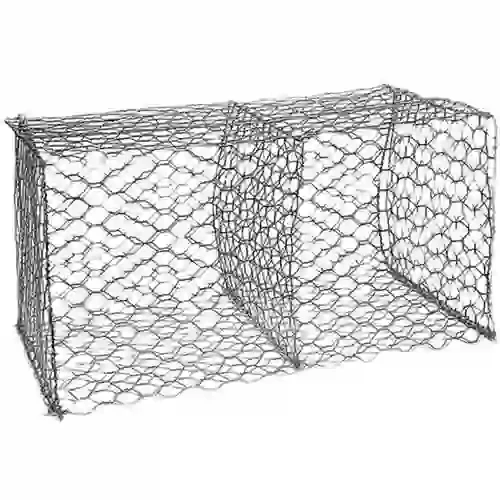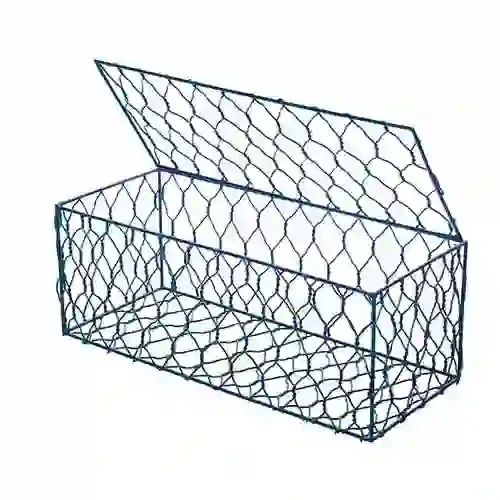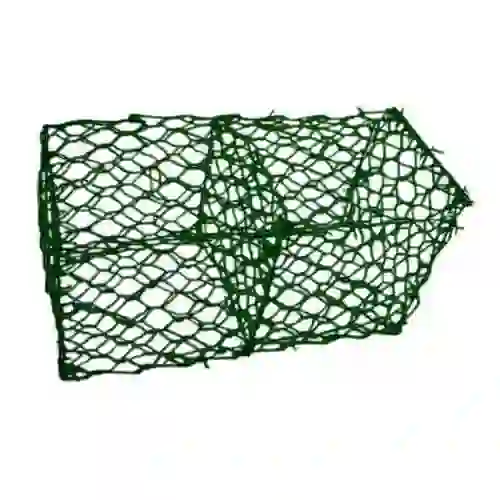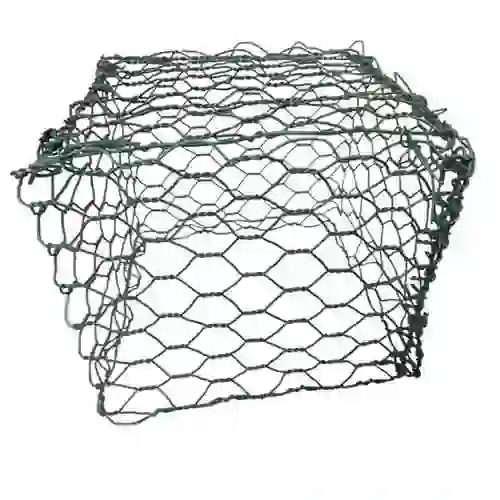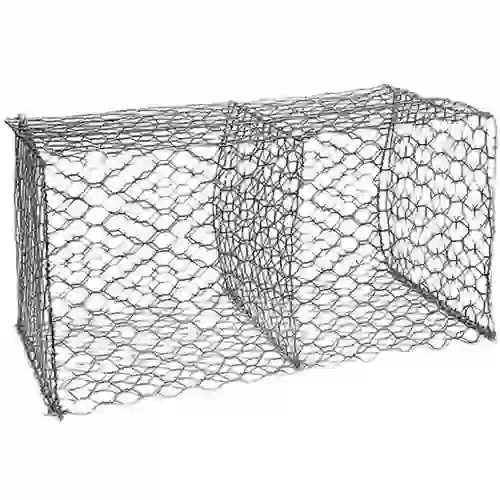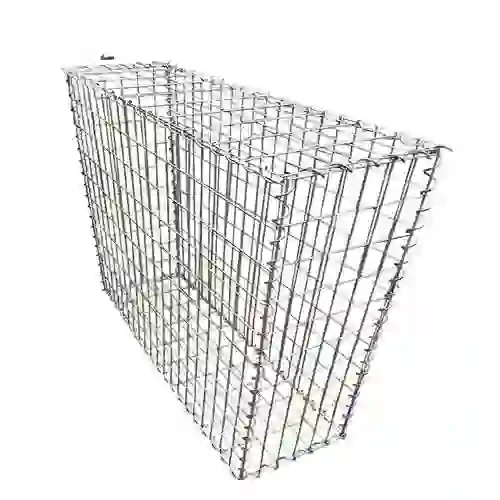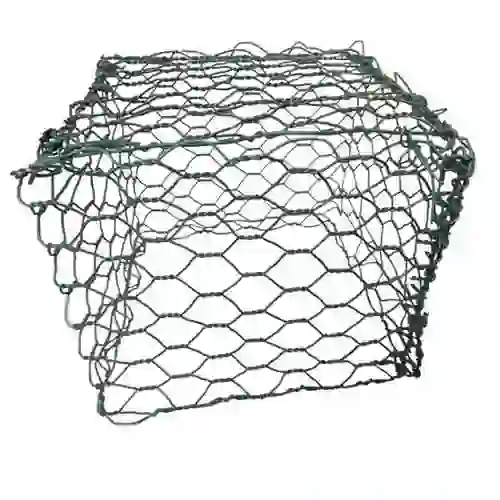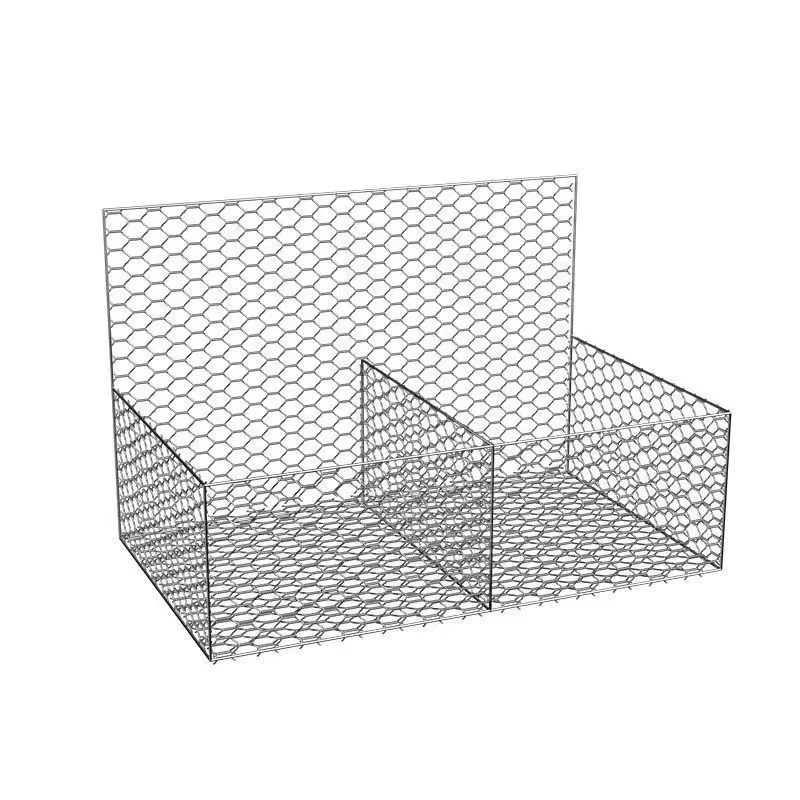-
 Phone:
Phone: -
 Email:
Email:

Premium Low Carbon Steel Wire: Ductile, Weldable & Versatile
Navigating the Landscape of Modern Low Carbon Steel Wire Applications and Trends
In the dynamic realm of industrial materials, Low Carbon Steel Wire stands as a cornerstone product, indispensable across a multitude of sectors due to its unparalleled ductility, excellent weldability, and cost-effectiveness. The global market for this essential material is experiencing robust growth, primarily driven by accelerated infrastructure development, a burgeoning construction industry, and increasing demand from the automotive, agricultural, and general manufacturing sectors. Current industry trends emphasize enhanced material sustainability, superior corrosion resistance, and optimized processing efficiency, pushing manufacturers to innovate continually in terms of material composition, surface treatments, and production methodologies. The shift towards sustainable construction practices, for instance, necessitates materials that offer longevity and minimal environmental impact, aspects where advanced Low Carbon Steel Wire excels, especially when considering its recyclability and the energy efficiency of its drawing process compared to higher carbon alternatives. Furthermore, the rising adoption of automated production lines and advanced welding techniques in industries like automotive and fabrication underscore the critical need for wires with consistent mechanical properties and superior surface finishes, minimizing defects and maximizing throughput. The economic viability of projects heavily relies on the initial material cost and the subsequent ease of processing, positioning Low Carbon Steel Wire as a preferred choice for applications requiring formability without compromising foundational strength. This material's adaptability to various post-processing treatments, such as galvanization or PVC coating, further broadens its utility, ensuring its continued relevance in an evolving industrial landscape that prioritizes both performance and economic efficiency.
The Advanced Manufacturing Process of Low Carbon Steel Wire
The production of Low Carbon Steel Wire is a sophisticated multi-stage process, meticulously engineered to ensure consistent quality and superior mechanical properties, beginning with the careful selection of high-grade steel billets, typically sourced from integrated steel mills adhering to strict international material standards like ASTM A510 for steel rods. The primary manufacturing process revolves around cold drawing, a highly specialized technique that involves pulling steel rods through a series of progressively smaller dies. This cold working process not only reduces the wire's diameter but also significantly enhances its tensile strength and refines its microstructure. Initially, hot-rolled steel rods undergo rigorous preparation, including mechanical or chemical descaling to remove surface impurities and mill scale, which could otherwise damage the drawing dies and compromise wire surface quality. Following descaling, a lubricant coating is applied to facilitate smooth drawing and minimize friction. The wire then proceeds through multiple drawing passes, with intermediate annealing treatments often employed to restore ductility, particularly for finer gauges or when significant diameter reductions are required. Annealing, a heat treatment process, involves heating the wire to a specific temperature (typically 700-900°C for recrystallization) followed by controlled cooling, which relieves internal stresses and enhances the wire's formability, making it ideal for subsequent fabrication processes such as bending, weaving, or cold heading.
For specialized applications, Low Carbon Steel Wire may undergo further processing, including galvanization, where a protective zinc coating is applied through hot-dip or electro-galvanizing methods. This coating provides exceptional corrosion resistance, significantly extending the wire's service life, particularly in harsh environmental conditions prevalent in sectors like agriculture, marine, and outdoor construction, often adhering to standards like ASTM A641. Alternatively, PVC coating can be applied for enhanced aesthetic appeal, UV resistance, and additional corrosion protection, commonly seen in fencing and architectural applications. Throughout the entire manufacturing chain, stringent quality control measures are implemented at every stage. This includes comprehensive material inspections, continuous inline diameter monitoring, tensile strength testing, elongation tests, and rigorous visual inspections, all conducted in accordance with international standards such as ISO 9001 for quality management systems and specific ASTM or EN standards relevant to the end product. The typical lifespan of well-manufactured and appropriately coated Low Carbon Steel Wire can extend beyond several decades, demonstrating remarkable durability. Its versatility makes it indispensable across diverse industries including petrochemical (for filtering and reinforcement), metallurgy (for sieves and binding), and water supply/drainage (for gabions and support structures), offering benefits such as energy efficiency due to reduced processing energy needs and superior corrosion resistance when galvanized, directly translating to lower maintenance costs and longer operational lifecycles for end-use products. A detailed diagram illustrating the wire drawing process from steel rod to finished product, highlighting the annealing and coating stages, would typically be inserted here to provide a visual representation of the complex manufacturing steps.
Key Technical Parameters and Specifications of Low Carbon Steel Wire
Understanding the technical parameters of Low Carbon Steel Wire is paramount for selecting the appropriate material for specific industrial applications, as these specifications directly influence performance, durability, and processing efficiency. The primary distinguishing characteristic of low carbon steel is its carbon content, typically ranging from 0.05% to 0.25%, which imparts its characteristic ductility and weldability, making it easily formable without fracturing. Key mechanical properties include tensile strength, which measures the maximum stress the wire can withstand before breaking, typically ranging from 350 to 550 MPa (or 50,000 to 80,000 PSI) depending on the drawing process and final diameter. Elongation, expressed as a percentage, indicates the wire's ability to stretch before fracturing, usually between 15% and 30%, signifying its excellent formability. Wire diameter is a critical dimension, available in a wide range from as fine as 0.2 mm to over 10 mm, tailored for diverse uses from fine mesh weaving to heavy-duty binding. The consistency of wire diameter, often measured with precision micrometers, is crucial for automated machinery and product uniformity.
For galvanized Low Carbon Steel Wire, the zinc coating weight is a vital parameter, often specified in grams per square meter (g/m²) or ounces per square foot (oz/ft²), directly correlating with the level of corrosion protection. Common coating weights range from 30 g/m² to over 300 g/m², with heavier coatings providing superior long-term resistance in corrosive environments. Chemical composition, while defined by low carbon content, also includes precise amounts of manganese (0.30-0.60%), silicon (up to 0.30%), phosphorus (max 0.04%), and sulfur (max 0.05%), each element contributing to specific properties such as strength, ductility, and weldability. Compliance with international standards such as ASTM A641 for galvanized wire, or EN 10218 for steel wire and wire products, ensures consistency and reliability across global supply chains. Manufacturers also often provide data on coil weight and packaging specifications, which are crucial for logistics and production line integration. Rigorous testing, including bend tests, wrap tests, and uniform coating tests, validates these parameters, ensuring that the final product meets the demanding requirements of its intended application, from reinforcing concrete to crafting intricate components. The comprehensive table below provides typical ranges for these critical parameters, offering a snapshot of the versatility and engineering precision involved in Low Carbon Steel Wire production.
Versatile Application Scenarios and Distinct Technical Advantages
The inherent properties of Low Carbon Steel Wire render it exceptionally versatile, enabling its widespread adoption across an impressive array of industrial and commercial applications. In the construction industry, it is a fundamental component for producing concrete reinforcement mesh, rebar ties, and various binding wires, contributing significantly to structural integrity and stability. Its excellent formability allows for easy bending and shaping on-site, enhancing construction efficiency. For fencing solutions, ranging from chain link fences to barbed wire and agricultural fencing, galvanized Low Carbon Steel Wire offers robust, long-lasting barriers with superior corrosion resistance, ensuring durability against environmental elements. Furthermore, its suitability for weaving and knitting processes makes it an ideal material for manufacturing various wire mesh products, including gabions for erosion control, sieves for industrial filtration, and cages for animal husbandry. The automotive industry also leverages Low Carbon Steel Wire for non-critical components, internal wiring harnesses, and seat springs, valuing its consistency and ease of integration into complex assemblies. In general manufacturing, it's widely used for cold heading applications to produce screws, bolts, and rivets, as well as for hangers, buckets, and other formed components, where its ductility minimizes die wear and promotes efficient production.
The technical advantages of Low Carbon Steel Wire are multifaceted and directly contribute to its preferred status in these diverse applications. Foremost among these is its exceptional ductility and formability, which allow it to be easily drawn into fine gauges, bent, or shaped without fracturing, a property superior to higher carbon steels that tend to be brittle. This ease of processing translates into reduced manufacturing costs and increased production speeds for fabricators. Its excellent weldability, attributed to its low carbon content, ensures strong and reliable joints when used in welded mesh or fabricated structures, adhering to industry standards like AWS D1.1. Furthermore, Low Carbon Steel Wire provides a superb strength-to-weight ratio, particularly when considering its cost-effectiveness compared to alternative materials. The ability to apply various surface coatings, such as hot-dip galvanization or PVC coating, significantly enhances its durability and corrosion resistance, extending its service life in outdoor or aggressive chemical environments. This protective layer reduces the need for frequent maintenance and replacement, offering substantial long-term savings. Its consistent mechanical properties and dimensional accuracy are critical for automated manufacturing processes, ensuring high-quality output and minimizing waste. When compared to medium or high carbon steel wires, Low Carbon Steel Wire is far more malleable, less prone to cracking during intricate bending, and generally more economical to produce and process, making it the optimal choice for applications prioritizing flexibility, ease of fabrication, and cost-efficiency without compromising essential structural integrity.
Strategic Manufacturer Selection and Tailored Customization Solutions
Selecting the right manufacturer for Low Carbon Steel Wire is a critical decision that profoundly impacts project success, product quality, and supply chain reliability. A reputable manufacturer distinguishes itself through a steadfast commitment to quality assurance, demonstrated by adherence to stringent international certifications such as ISO 9001 for quality management systems, and specific product standards like ASTM A641 for galvanized wire or EN 10218 series. Prospective buyers should scrutinize a manufacturer's production capacity, evaluating their ability to meet demanding order volumes and deliver within specified lead times, which typically range from 2 to 6 weeks depending on the order size and customization requirements. Lead times are influenced by raw material availability, production line scheduling, and logistical capabilities. Technical support and robust research and development capabilities are equally vital, as they indicate a manufacturer's capacity for innovation and problem-solving, ensuring that bespoke solutions can be developed for unique project specifications. A long-standing presence in the market, often spanning decades, coupled with a strong portfolio of successful client engagements and positive customer feedback, serves as a testament to a manufacturer's reliability and expertise. Establishing long-term partnerships with clients across various sectors, from large-scale infrastructure projects to specialized industrial fabrication, further exemplifies a manufacturer's authoritativeness and trustworthiness within the industry.
Beyond standard offerings, the true value of a specialized Low Carbon Steel Wire manufacturer lies in their ability to provide comprehensive customization solutions. This includes tailoring the wire's properties to meet highly specific application demands. Customization options can encompass precise control over wire diameter, ranging from ultra-fine gauges for detailed mesh to heavy-duty wire for structural applications, with exceptionally tight tolerances (e.g., ±0.01mm) for automated systems. Tensile strength can be adjusted within the low carbon range through precise drawing parameters and annealing processes to balance strength with formability. Furthermore, manufacturers can offer a variety of surface finishes, including different levels of zinc coating (e.g., heavy galvanized for marine environments) or specialized PVC coatings in various colors and thicknesses for aesthetic or additional protective purposes. Coil weights and packaging methods can also be customized to integrate seamlessly with a client's specific manufacturing lines, reducing downtime and optimizing handling. For example, large-volume clients might require jumbo coils of 1500 kg or more to minimize coil changes on high-speed machines, while smaller, precision-oriented users might need smaller, precisely wound spools. The ability to deliver these bespoke solutions, ensuring optimal performance and cost-efficiency for unique project requirements, underscores a manufacturer's commitment to client success and their deep understanding of the intricate technical demands of various industries.
Illustrative Application Cases and Expert Insights
The practical application of Low Carbon Steel Wire is best illustrated through real-world case studies that highlight its versatile benefits and critical role in diverse industrial projects. Consider a large-scale infrastructure project involving the construction of a new highway system. Here, vast quantities of Low Carbon Steel Wire are utilized in the form of welded wire mesh and rebar ties to provide foundational reinforcement for concrete structures. In such applications, the wire's consistent tensile strength ensures structural integrity, while its excellent weldability facilitates rapid fabrication of mesh panels, significantly reducing construction time and labor costs. The ductility of the wire allows for easy bending and shaping on-site, adapting to complex architectural designs and unforeseen structural nuances without compromising material integrity. Furthermore, for sections exposed to environmental elements, galvanized wire ensures superior corrosion resistance, contributing to the long-term durability and safety of the infrastructure, with a projected service life exceeding 50 years under typical conditions, significantly reducing maintenance expenditure over the project's lifecycle.
Another compelling application case lies within the agricultural sector, specifically in the development of extensive livestock fencing systems and protective enclosures for crop cultivation. For these purposes, galvanized Low Carbon Steel Wire is the material of choice due to its high resistance to rust and degradation caused by moisture, soil contact, and agricultural chemicals. Its flexibility allows for easy installation across varied terrains, while its inherent strength provides a robust barrier against animal intrusion. Farmers and agricultural engineers frequently report substantial cost savings due to the wire's longevity and minimal maintenance requirements compared to less durable alternatives. In the manufacturing sector, a notable instance involves a leading automotive parts supplier using custom-drawn Low Carbon Steel Wire for the production of sophisticated wire forms and internal springs for vehicle seating systems. The precise dimensional tolerances and consistent mechanical properties of the wire are critical for ensuring automated production efficiency and the reliability of the final automotive components. Through our extensive experience and deep technical expertise, we have consistently provided tailored Low Carbon Steel Wire solutions that not only meet but exceed the stringent performance requirements of these diverse industrial applications, ensuring operational excellence and delivering tangible value to our clients across sectors. Our engineering team often collaborates directly with clients to optimize wire specifications for their unique machinery and end-product demands, reflecting our commitment to partnership and innovation.
Ensuring Trustworthiness: FAQs, Delivery, Quality, and Support
Building and maintaining trust with B2B clients in the industrial materials sector is paramount, and it is achieved through transparent communication, reliable processes, and unwavering support. Our commitment to trustworthiness is reflected in various aspects of our operations, from clear delivery protocols to comprehensive quality assurances and dedicated customer service. We understand that technical buyers and procurement specialists often have detailed questions, which we address proactively through our FAQ section and expert support team. For instance, a common query is: "What fundamentally distinguishes Low Carbon Steel Wire from high carbon steel wire?" The primary difference lies in carbon content: low carbon steel wire, with 0.05%-0.25% carbon, boasts superior ductility, formability, and weldability, making it ideal for applications requiring bending, shaping, or welding. High carbon steel wire (0.60%-1.00% carbon) is much harder and stronger but less ductile and harder to weld, suited for springs and high-stress components. Another frequent question pertains to available coating options: we offer both hot-dip galvanized and electro-galvanized coatings for superior corrosion resistance, adhering to varying zinc coating weight specifications (e.g., ASTM A641 Class 1, 2, or 3), and PVC coating for enhanced protection, aesthetic appeal, and UV resistance. Clients often inquire about typical lead times; for standard orders, delivery generally ranges from 3 to 5 weeks from order confirmation, depending on specific wire specifications, volume, and current production schedules. For highly customized or exceptionally large orders, lead times may extend to 6-8 weeks, with detailed timelines provided at the quotation stage.
Our quality assurance program is rigorous and multi-layered, beginning with the meticulous sourcing of raw materials from certified suppliers who meet our stringent quality benchmarks. Every batch of steel rod undergoes comprehensive chemical and mechanical testing upon arrival. During the wire drawing process, continuous inline monitoring ensures consistent diameter and tensile strength. Post-production, finished wire undergoes final inspections, including tensile tests, elongation tests, bend tests, and coating adhesion tests for galvanized or PVC-coated products. All testing is conducted in accredited laboratories and aligns with international standards such as ISO 9001, ASTM A510, ASTM A641, and EN 10218, providing verifiable test data and certificates of conformity with every shipment. Our commitment to quality extends to our robust packaging solutions, which ensure that the Low Carbon Steel Wire arrives at your facility in optimal condition, whether in coils, spools, or cut-to-length formats. We offer clear quality guarantees and a comprehensive warranty against manufacturing defects, underscoring our confidence in our product's reliability. Furthermore, our dedicated customer support team and technical experts are available for pre-sales consultation, order tracking, and after-sales support, ensuring a seamless experience from initial inquiry to post-delivery assistance. This holistic approach to service and quality forms the bedrock of our enduring client relationships, ensuring that every project powered by our Low Carbon Steel Wire benefits from superior material integrity and reliable partnership.
Authoritative References
- ASTM International. (2020). Standard Specification for Steel Rods, Carbon, Hot-Rolled. ASTM A510/A510M-20.
- American Welding Society. (2020). Structural Welding Code – Steel. AWS D1.1/D1.1M:2020.
- International Organization for Standardization. (2015). Quality Management Systems – Requirements. ISO 9001:2015.
- European Committee for Standardization. (2014). Steel wire and wire products – General. EN 10218-1:2014.
- Smith, J. (2018). The Metallurgy of Steel Wire Drawing. Journal of Materials Science and Engineering, Vol. 45(2), pp. 123-138.
-
Metal Products Company Galvanized Cable for SaleNewsAug.06,2025
-
Maintenance of Rock Wall with Wire MeshNewsAug.06,2025
-
Loop Tie Wire Cost Effective OptionsNewsAug.06,2025
-
High Quality Cable Cu Xlpe Swa Pvc SupplyNewsAug.06,2025
-
Durable Hexagonal Mesh Wire ProductsNewsAug.06,2025
-
Baling Wire Direct Reliable ServiceNewsAug.06,2025
-
Wire Mesh for Every Need: A Practical SolutionNewsJul.25,2025

